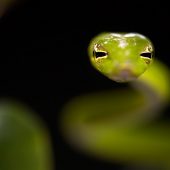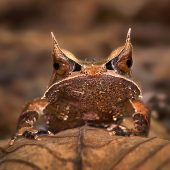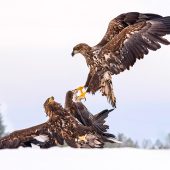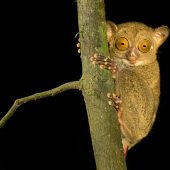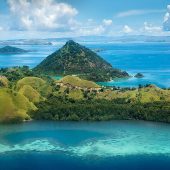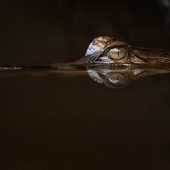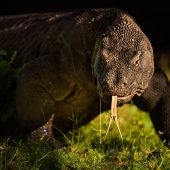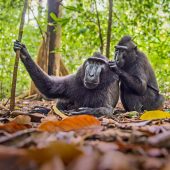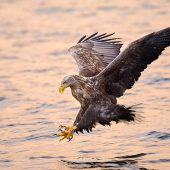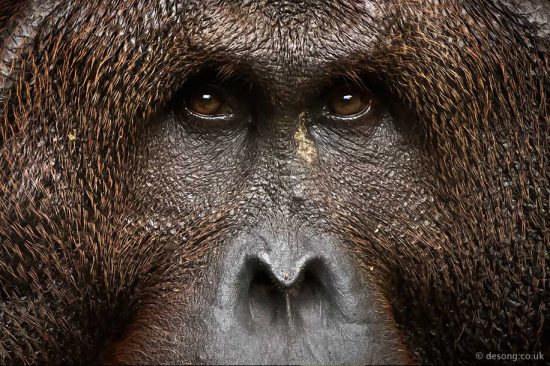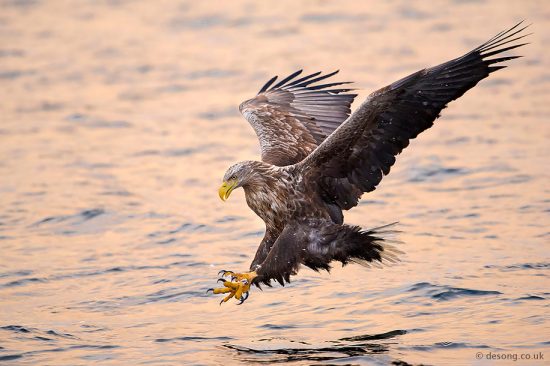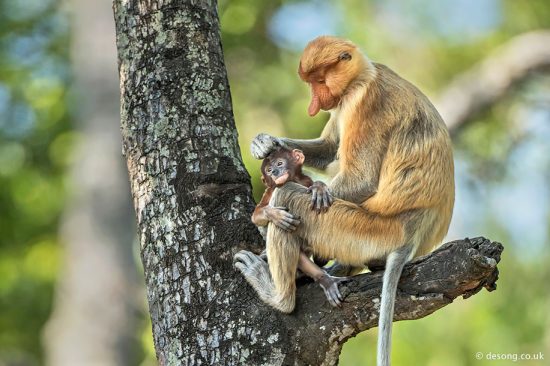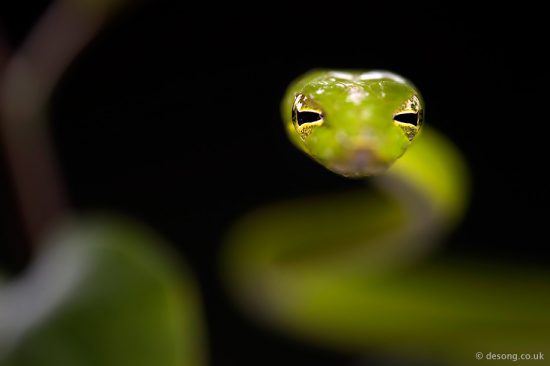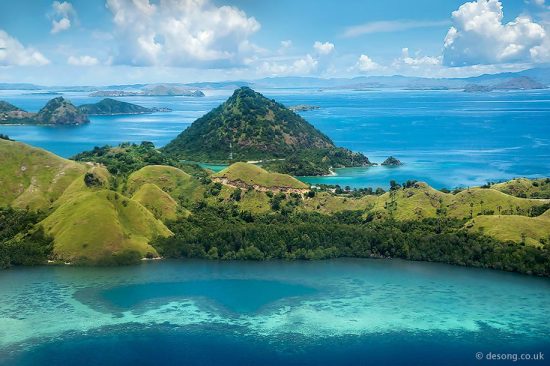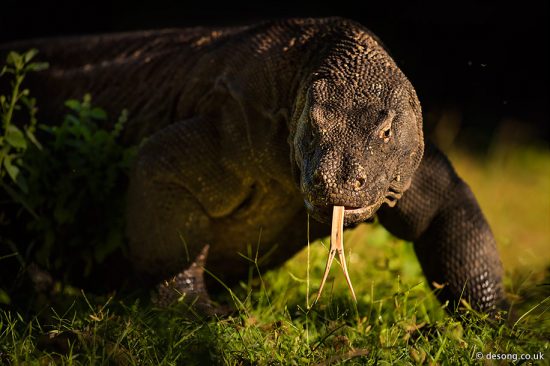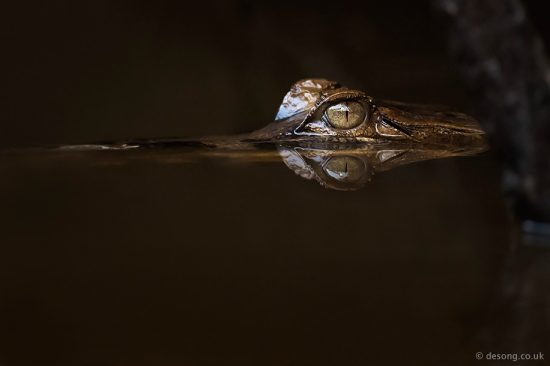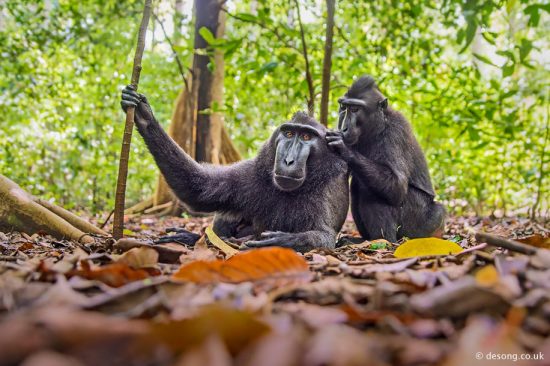From Snowy Mountains to Tropical Rainforest (part 2)
by Des Ong (website | Facebook | Instagram) – see also his previous [NR] articles
It is hard to believe that it’s been a year since Part 1 of this article was published. My traveling schedule is usually back-to-back between destinations during winter and early spring. It wasn’t that long ago that I had completed another month long tour in the tropics, so picking up where I left off made perfect sense.
Before I dive in to the challenges of shooting in the warmer climes, I just wanted to mention that I have been using the 200-500mm f5.6 for nearly 6 months so I will first share what I think about this lens.
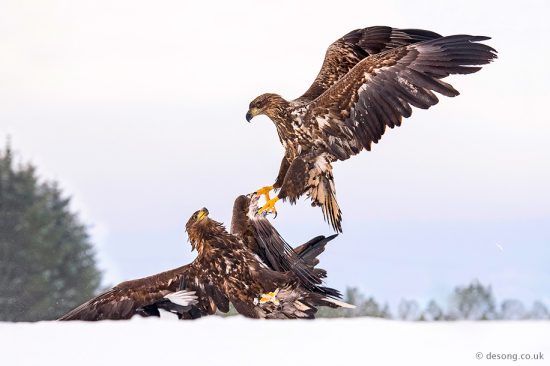
The versatility of the 200-500mm really excels when you are unable to move around, such as when you are in a hide/blind. This was taken at 200mm.
The first serious outing was in Norway, but instead of working on the Musk Ox, I was photographing the White-tailed Sea Eagle. I was not only shooting action, I was also at times working in very low lighting conditions. Here are some of my thoughts (spoiler – no surprises):-
- the auto-focus is very slow by comparison to my 500mm f4, and more importantly, when you lose the subject during tracking, re-acquiring focus can be very difficult, especially in low light;
- sharpness is acceptably good, as is the out of focus background blur;
- lightweight enough to handhold for very long periods;
- very versatile zoom range although the turn from the shortest to the longest focal length cannot be achieved easily in one single turn while shooting;
- for the cost it’s a no-brainer, especially if you travel a lot.
It has to be said that I had been looking to a 500mm f4 replacement for some time now. Which was the main reason for me to try the 200-500mm f5.6.
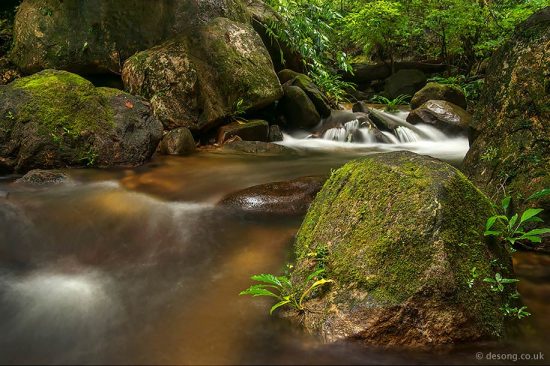
A typical freshwater stream in the Borneo rainforest where many amphibians can be found. D750, Tamron 28-75mm at 28mm.
For me, there isn’t a perfect lens/equipment out there. It’s all about which aspect of it that you’re willing to compromise. After some initial trial, I was reasonably confident to take it with me to the tropics. I thought this would put it through another set of tests. So 3 days after my return from snow-covered Norway, I found myself flying east to a substantially warmer region of Southeast Asia.
My destinations were the north, west and southern part of the Borneo rainforest, followed by northern Sulawesi and finally the ‘Jurassic’ Komodo islands. Packing for the tropics was a lot easier. For a start, there’s no bulky, waterproof or thick insulating clothing to consider. Since there is very little crossover between the two, I was able to have another case prepared ready to go.
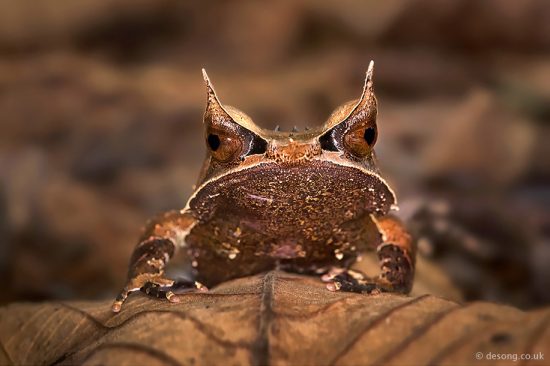
This Malayan Hornfrog has eluded me for a few years and through the help of the local Iban tribe, I was finally able to see one. D750, Sigma 150mm.
Lens wise I had the Nikkon 200-500mm f5.6, my trusty Sigma 150mm macro, and very light but very old Tamron 28-75mm f2.8. I have travelled with the latter two for many years and I found that with a suitable telephoto, previously the 500mm f4 AF-S II, they pretty much cover 90% of my needs. It’s worth mentioning that I do also bring tele-converters and extension tubes to attain greater flexibility. This year I took two bodies with me – the D810 and the D750. The latter I purchased a couple of days before departure, which proved to be a bad idea. More on that later!
Heat and humidity are the two major factors that can potentially cause a problem to man and machine in this environment. The high temperature will induce sweat, which normally aids cooling. However, with high moisture content in the air, the perspiration is not able to evaporate effectively to give the cooling effect, which in turns makes your body sweat even more in an attempt to exaggerate this outcome. So lots of fluids and vital minerals are lost through this process. It is therefore vital that you drink plenty of water throughout the day to replenish this loss.
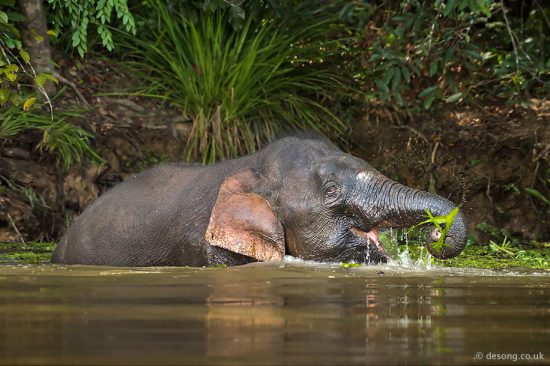
Like many of the wildlife in Borneo, this Pygmy Elephant is endemic and endangered. It’s feeding on some Water Hyacinth. D810, 200-500mm at 210mm.
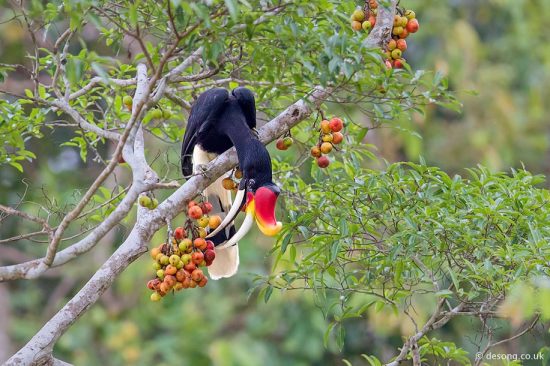
One of the more impressive Hornbills in northern Borneo, the Rhinoceros, feeding on similarly coloured figs.
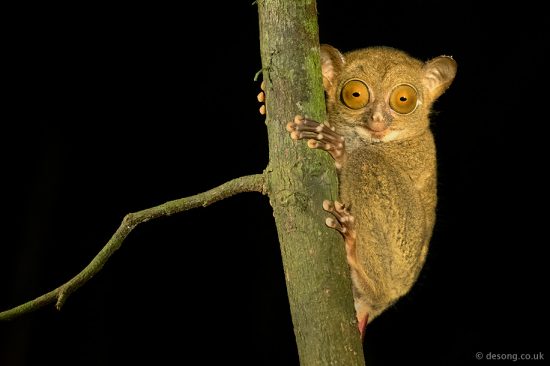
We have been very fortunate to come across this endemic Western Tarsier during one of our night safaris. D750, 150mm macro, torch lit.
Some people are concerned about fungal growth working in such an environment. In my experience, unless you’re there continuously for a very long time, visiting for a week or two is usually not a problem. For photographers that live and work in this area, it is common to have a dry-cabinet. This is essentially a humidity-free, fridge like container. Even though I have worked in this region on a number of occasions, often several weeks at a time, I have yet to find this a necessity.
Tropical downpours are normally much heavier than those we experience in northern Europe. It can be easily overcome however, either with dedicated rain covers, or a bin/refuse bag. The latter is light, cheap, compact and very easy to apply in a sudden deluge, albeit less elegantly.
Unlike in colder regions of the world, where we often work with a handful of species per destination (often only one or two), the diversity in a tropical rainforest is tremendous. However, locating them is not as easy as it may first appear. Then getting close to photograph the subjects successfully and in a pleasing manner requires both patience and experience.
On my trip last year, I discovered very quickly that my D750 would not work with the 500mm f4. At first I thought it wasn’t mounted properly or dirty contacts. But after careful cleaning and several re-mounts, it was clear that it had compatibility issue with this very fine, but old, lens. This came as a real surprise considering that this lens works with the D810 and in fact all other full frame bodies that I have ever tried.
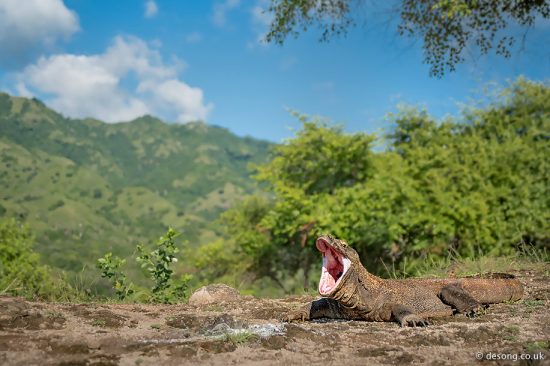
The yawning Dragon actually looked quite far away at 50mm through the viewfinder! D750, Tamron 28-75mm.
I have since sent it back to Nikon for examination. They recommended that I replace the bayonet mount on the lens, as it looked a little worn, thinking that it could be to do with poor contact, but to no avail. It was never fixed. No explanation was given. It was a little disappointing since this is not only a fantastic lens, it was the lightest AF-S 500mm f4 that Nikon has produced until the latest E/FL version was introduced. In fact, if you are using a compatible body, I’d still have no qualms about recommending this superb optic.
The replacement for this year’s visit was the 200-500mm f5.6. Granted, the AF speed was not as fast but I was able to adapt to this shortcoming by changing my techniques. I concur with many that comparing an f4 supertele to a con/pro-sumer telephoto-zoom is like comparing an orange to an apple, but for me, and indeed many that are looking for a 500mm, invariably they would be looking at both categories. My opinion is that both sets of lens are fantastic, it is the individual features that will help determine which of the two is most suited to the user.
If you have an interesting idea for a guest post, you can contact me here.
